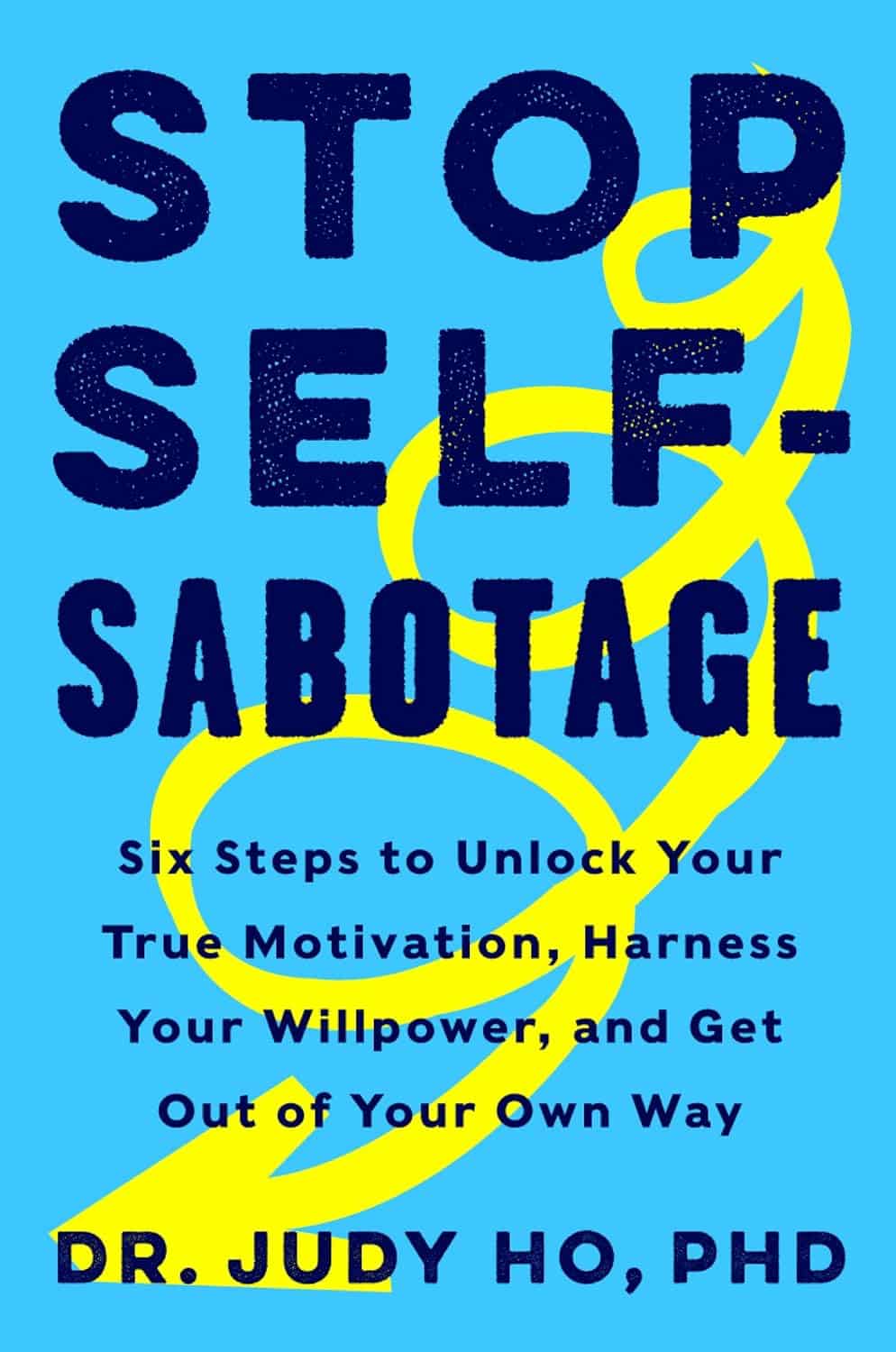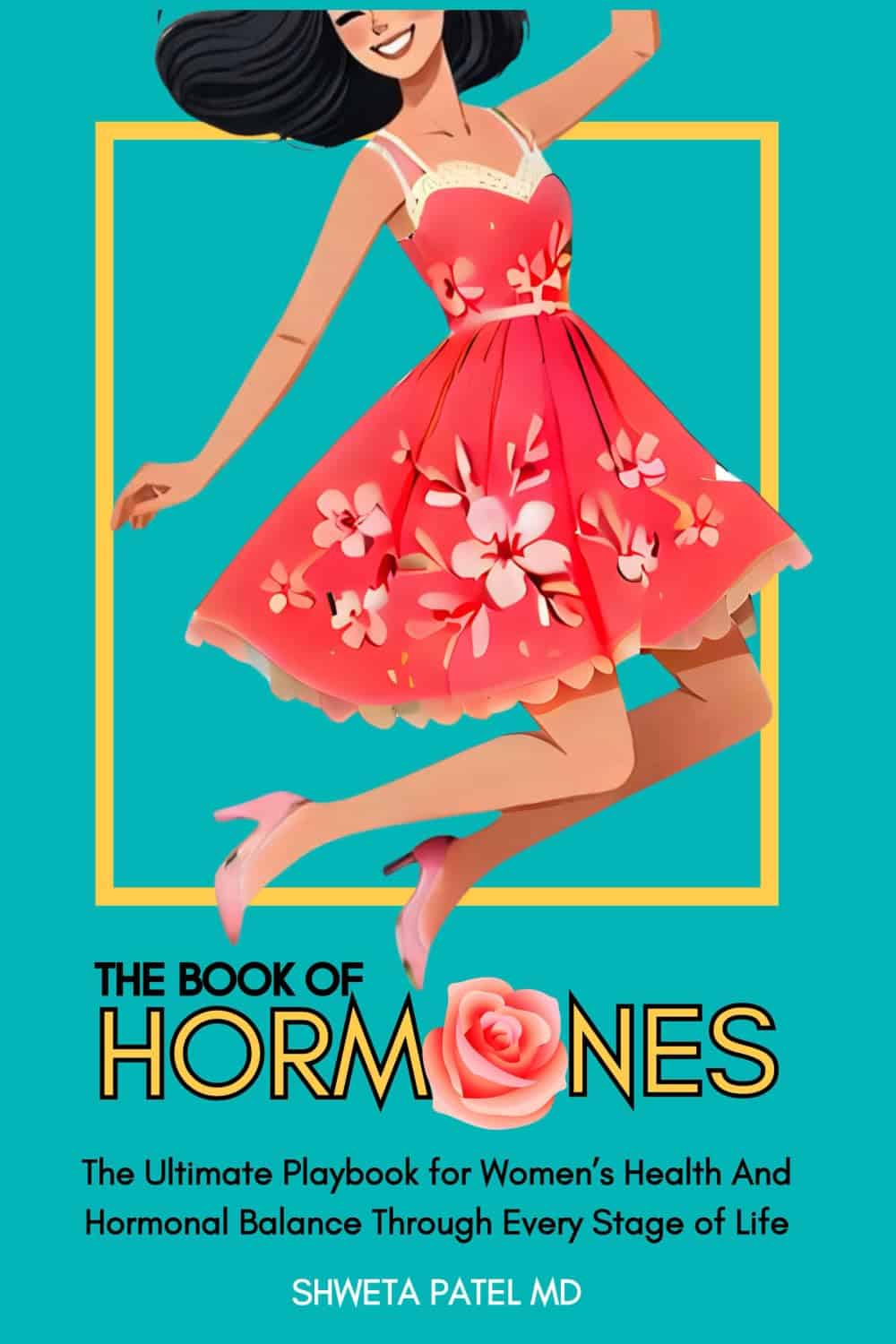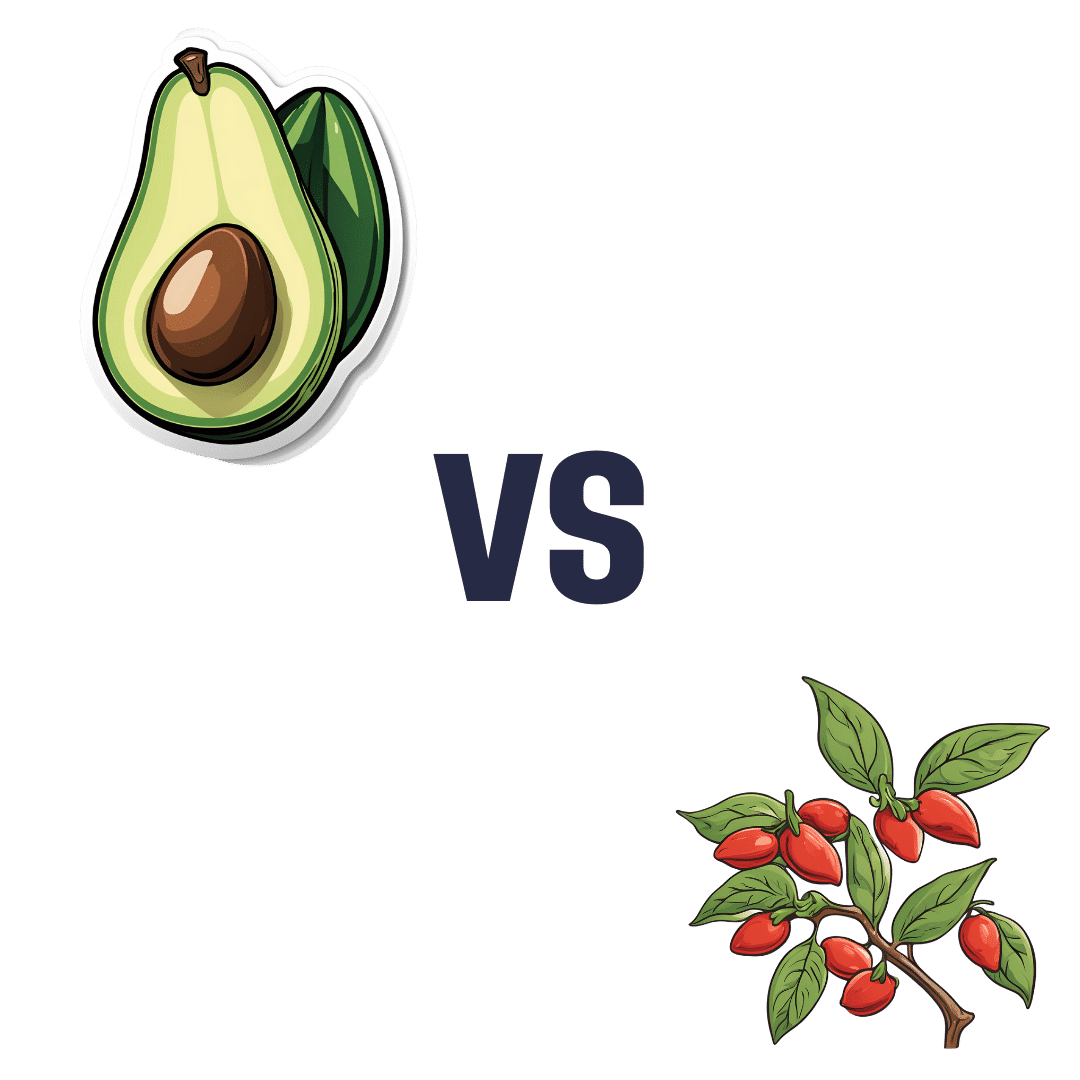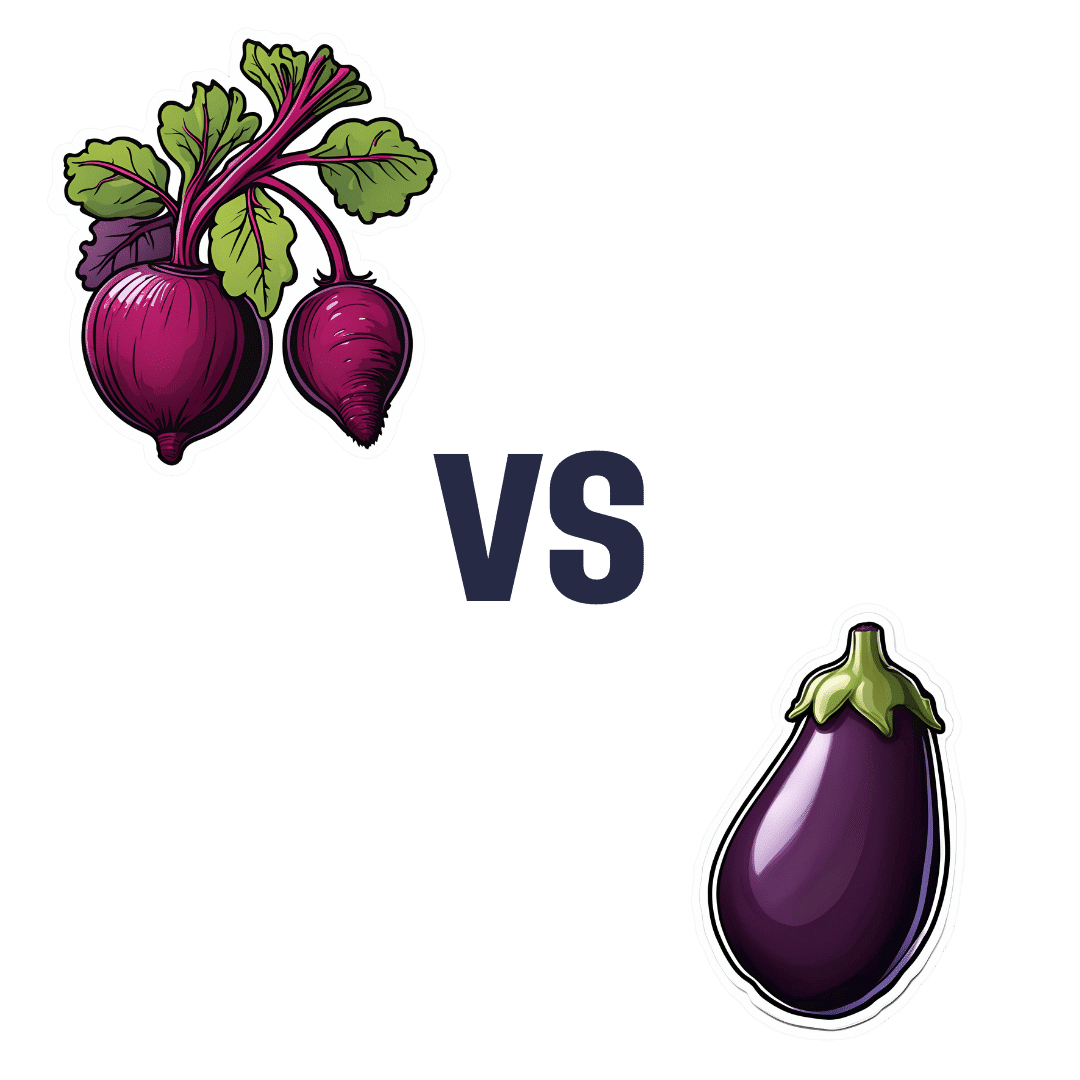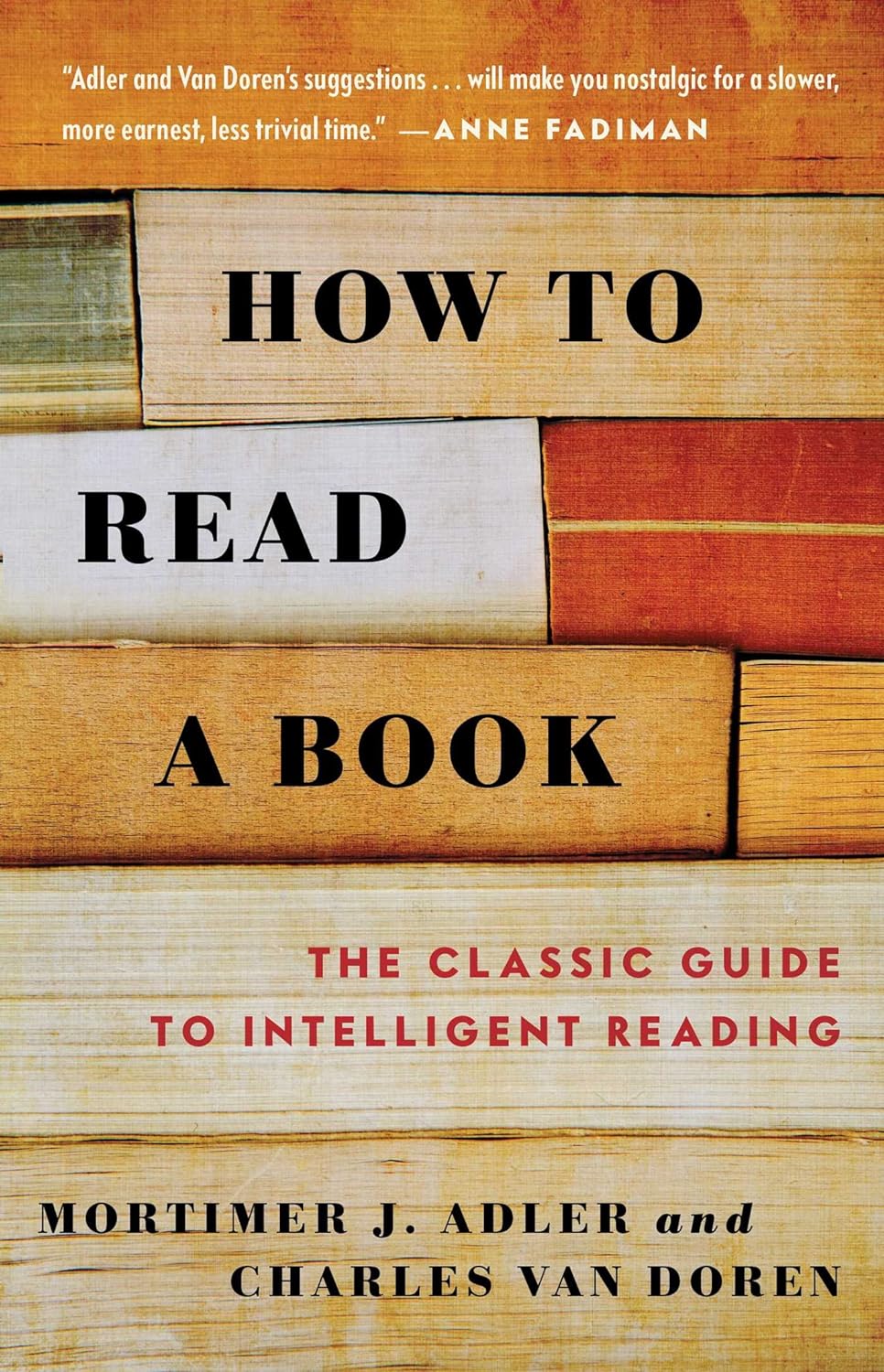
How Exercise Rewires Your Brain for Better Mental Wellbeing
10almonds is reader-supported. We may, at no cost to you, receive a portion of sales if you purchase a product through a link in this article.
Dr. Tracey Marks, psychiatrist, explains what happens immediately, and what happens over the long term:
For now and for later
First of all, a single workout can already alter brain chemistry and protect against stress. In the longer term, exercise promotes neurogenesis, primarily in the hippocampus, improving memory and reversing brain aging. It also strengthens the prefrontal cortex, which is critical for decision-making, focus, and emotional regulation.
In more general terms, exercise boosts brain-derived neurotrophic factor (BDNF) levels, which in turn boost neuron growth and connectivity.
Exercise also promotes angiogenesis (blood vessel construction), improving oxygen and nutrient delivery to the brain.
Timeline of benefits:
- Immediate: increased blood flow and temporary BDNF spike.
- Weeks: new neurons, connections, and blood vessel growth.
- Months: visible brain volume changes and better brain connectivity.
Dr. Marks’ Timing Tips
- Morning: boosts energy and helps regulate the circadian rhythm.
- Midday: resets stress levels (specifically: to low)
- Evening: helps process emotions (but it’s still recommended to avoid high-intensity exercise close to bedtime)
For more on all of this, enjoy:
Click Here If The Embedded Video Doesn’t Load Automatically!
Wondering what kind of exercise is best?
You might also like to read:
The Neuroscientist In The Gym: Dr. Wendy Suzuki Explains The Exercise That Protects Your Brain
Take care!
Don’t Forget…
Did you arrive here from our newsletter? Don’t forget to return to the email to continue learning!
Recommended
Learn to Age Gracefully
Join the 98k+ American women taking control of their health & aging with our 100% free (and fun!) daily emails:
-
Stop Self-Sabotage – by Dr. Judy Ho
10almonds is reader-supported. We may, at no cost to you, receive a portion of sales if you purchase a product through a link in this article.
A lot of books of this genre identify one particular kind of self-sabotage, for example, they might pick one out of:
- Bad habits
- Limiting self-beliefs
- Poor goal-setting
- Procrastination
…etc, slap a quick fix on whatever they chose to focus on, and call it a day. Not so with Dr. Ho!
Here we have a much more comprehensive approach to tackling the problem of unintentional self-sabotage. With a multi-vector method, of which all angles can be improved simultaneously, it becomes much less like “whack-a-mole”… And much more like everything actually getting into order and staying that way.
The main approach here is CBT, but far beyond what most pop-psychology CBT books go for, with more techniques and resources.
On which note…
There are many great exercises that Dr. Ho recommends we do while reading… So you might want to get a nice notebook alongside this book if you don’t already have one! And what is more inspiring of optimism than a new notebook?
Bottom line: this is a great, well-organized guide to pruning the “why am I still doing this to myself?” aspects out of your life for a much more intentional, purposeful, effective way of living.
Click here to check it out on Amazon today, and stop sabotaging yourself!
Share This Post
-
The Book Of Hormones – by Dr. Shweta Patel
10almonds is reader-supported. We may, at no cost to you, receive a portion of sales if you purchase a product through a link in this article.
The subtitle promising “through every stage of life” is a slight overstatement, as the book barely touches on puberty, but we know that the vast majority of our readers have left that one far behind in the past, so probably this is not such an issue.
Where the book gives more attention is in general adult life, through the years of potential fertility, into menopause and beyond. This means lots about the hormonal fluctuations inherent to the menstrual cycle (both the normal, and the still-quite-commonly abnormal, e.g. in cases of PCOS etc), the before-during-after of pregnancy, and many hormonal matters that are not related to sex hormones, such as stress-related hormones and food-related hormones. As such, the book certainly lives up to its title; it is indeed “the book of hormones”.
The style is light and conversational; we get a lot of lessons in chemistry here, but it never feels like it, and there’s certainly no hard science, just clear and easy explanations.
Bottom line: if you’d like to understand hormones quite comprehensively but in a light-hearted manner, this book is a very pleasant and educational read.
Click here to check out The Book Of Hormones, and understand them!
Share This Post
-
Almond Butter vs Cashew Butter – Which is Healthier?
10almonds is reader-supported. We may, at no cost to you, receive a portion of sales if you purchase a product through a link in this article.
Our Verdict
When comparing almond butter to cashew butter, we picked the almond.
Why?
They’re both good! But, our inherent pro-almond bias notwithstanding, the almond butter does have a slightly better spread of nutrients.
In terms of macros, almond butter has more protein while cashew butter has more carbs, and of their fats, they’re broadly healthy in both cases, but almond butter does have less saturated fat.
In the category of vitamins, both are good sources of vitamin E, but almond butter has about 4x more. The rest of the vitamins they both contain aren’t too dissimilar, aside from some different weightings of various different B-vitamins, that pretty much balance out across the two nut butters. The only noteworthy point in cashew butter’s favor here is that it is a good source of vitamin K, which almond butter doesn’t have.
When it comes to minerals, both are good sources of lots of minerals, but most significantly, almond butter has a lot more calcium and quite a bit more potassium. In contrast, cashew butter has more selenium.
In short, they’re both great, but almond butter has more relative points in its favor than cashew butter.
Here are the two we depicted today, by the way, in case you’d like to try them:
Want to learn more?
You might like to read:
Why You Should Diversify Your Nuts
Take care!
Share This Post
Related Posts
-
Avocado vs Goji Berries – Which is Healthier?
10almonds is reader-supported. We may, at no cost to you, receive a portion of sales if you purchase a product through a link in this article.
Our Verdict
When comparing avocado to goji berries, we picked the avocado.
Why?
It takes a special non-dried food to beat a dried food for nutritional density, but avocado manages it!
In terms of macros, avocados have more (famously health) fat; mostly monounsaturated with some polyunsaturated and a little bit of saturated, with some omega-3 and omega-6, in a healthy ratio. Meanwhile, goji berries have more fiber, carbs, and protein. As for glycemic indices, avocados are low GI (40), but goji berries are zero-GI, or, functionally, a negative glycemic index as (notwithstanding their sugar content!) they have an overall lowering effect on blood sugars. In short, both of these fruits have very different things to offer in the macros category, so we’re declaring this round a tie.
In the category of vitamins, avocados have more of vitamins A, B1, B2, B3, B5, B6, B7, B9, E, K, and choline, while goji berries have more vitamin C. A clear win for avocados!
When it comes to minerals, avocados have more copper, magnesium, manganese, phosphorus, potassium, selenium, and zinc, while goji berries have more calcium and iron. Another win for avocados!
In short, enjoy either or both (diversity is good), but for overall nutritional density, avocados win this superfood showdown today.
Want to learn more?
You might like to read:
What’s Your Plant Diversity Score?
Enjoy!
Don’t Forget…
Did you arrive here from our newsletter? Don’t forget to return to the email to continue learning!
Learn to Age Gracefully
Join the 98k+ American women taking control of their health & aging with our 100% free (and fun!) daily emails:
-
Beetroot vs Eggplant – Which is Healthier?
10almonds is reader-supported. We may, at no cost to you, receive a portion of sales if you purchase a product through a link in this article.
Our Verdict
When comparing beetroot to eggplant, we picked the beetroot.
Why?
It’s close!
In terms of macros, they’re equal on fiber, while beetroot has slightly more protein and carbs. In both cases, despite being quite firm vegetables when raw, they are nevertheless both mostly water. We’re calling this category a tie.
In the category of vitamins, beetroot has more of vitamins A, B2, B9, and C, while eggplant has more of vitamins B3, B5, B6, E, and K. That’s a marginal victory for eggplant.
When it comes to minerals, however, beetroot has more calcium, copper, iron, magnesium, manganese, phosphorus, potassium, selenium, and zinc, while eggplant is not higher in any minerals. A clear and easy win for beetroot this time.
In terms of polyphenols, both have good-but-different health-giving polyphenols to share, including the quercetin in beetroot and caffeic acid in eggplant—nothing that would tip one ahead of the other, though.
All in all, the categories added up are balanced, but beetroot won the minerals category much more convincingly than eggplant won the vitamins category, so we’re giving this one to beetroot, even if only on tie-breakers!
Of course, enjoy either or both; diversity is good 😎
Want to learn more?
You might like to read:
Beetroot For More Than Just Your Blood Pressure ← more beetroot benefits
Take care!
Don’t Forget…
Did you arrive here from our newsletter? Don’t forget to return to the email to continue learning!
Learn to Age Gracefully
Join the 98k+ American women taking control of their health & aging with our 100% free (and fun!) daily emails:
-
How to Read a Book – by Mortimer J. Adler and Charles Van Doren
10almonds is reader-supported. We may, at no cost to you, receive a portion of sales if you purchase a product through a link in this article.
Are you a cover-to-cover person, or a dip-in-and-out person?
Mortimer Adler and Charles van Doren have made a science out of getting the most from reading books.
They help you find what you’re looking for (Maybe you want to find a better understanding of PCOS… maybe you want to find the definition of “heuristics”… maybe you want to find a new business strategy… maybe you want to find a romantic escape… maybe you want to find a deeper appreciation of 19th century poetry, maybe you want to find… etc).
They then help you retain what you read, and make sure that you don’t miss a trick.
Whether you read books so often that optimizing this is of huge value for you, or so rarely that when you do, you want to make it count, this book could make a real difference to your reading experience forever after.
Don’t Forget…
Did you arrive here from our newsletter? Don’t forget to return to the email to continue learning!
Learn to Age Gracefully
Join the 98k+ American women taking control of their health & aging with our 100% free (and fun!) daily emails:


